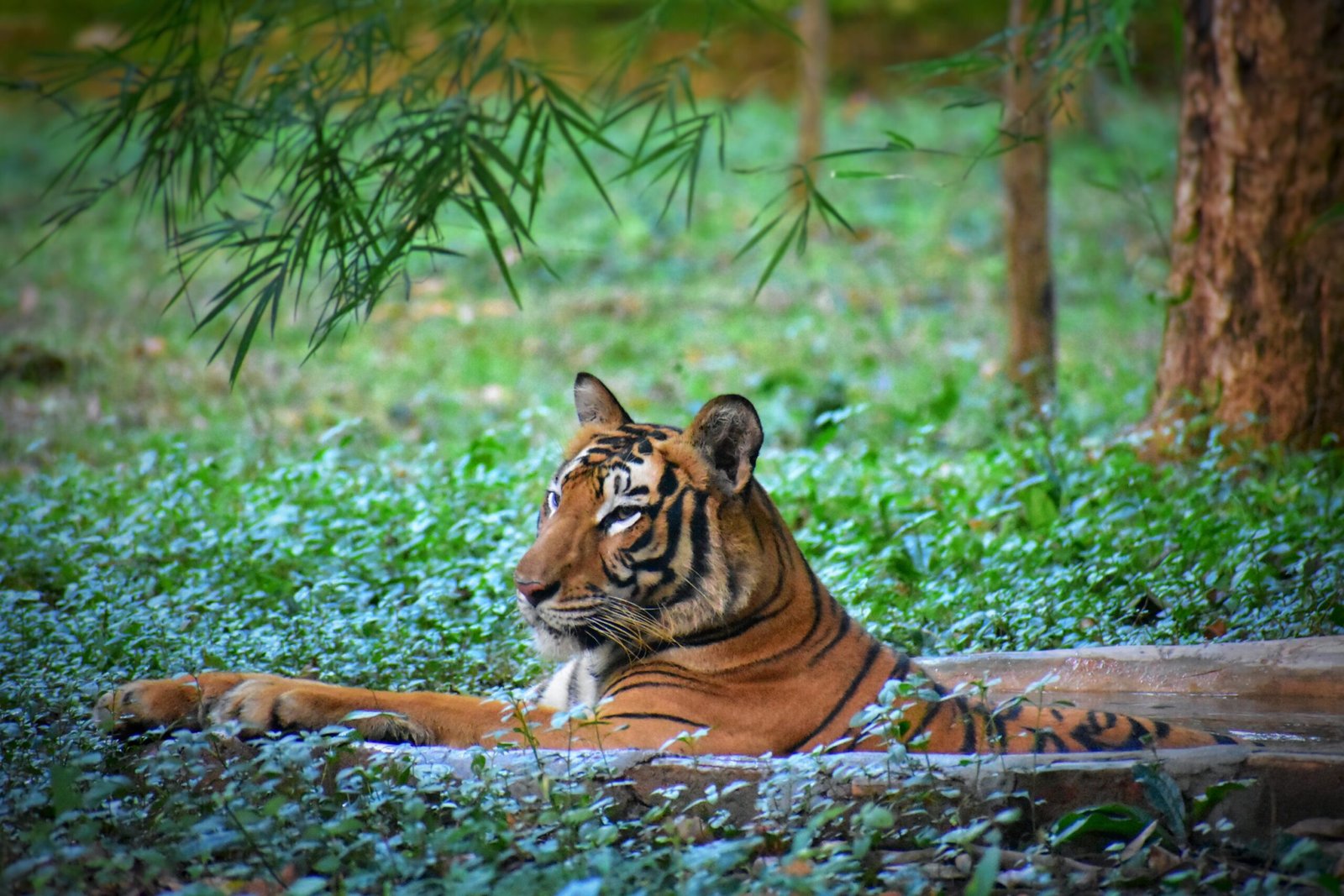Overview
Railways and the state forest department are set to conduct a joint inspection to find alternate routes beyond the main region of Jharkhand’s Palamau Tiger Reserve (PTR) to ensure the safety of wildlife. According to a forest department official, the inspection to determine alternate routes for the two current lines and a proposed third line beyond the PTR core area is likely to be completed this month.
Concerns over Third-Line Proposal
The proposed third-line project for a goods corridor running through the core area of PTR from Son Nagar in Bihar to Patratu in Jharkhand has faced opposition from the forest department. The central part of the reserve is planned to have an 11-km long train track installed.
The forest department raised concerns arguing that the proposed line will divide the reserve into two zones due to the frequency of trains and permanently fragment the habitat, adversely impacting the movements of wild animals. The National Tiger Conservation Authority (NTCA) also warned against the construction of another railway line in the PTR in 2020.
Shift to the Buffer Zone
The Jharkhand government sent a proposal to the Railways to shift the proposed line from the core area to the buffer zone of PTR, taking cognizance of the forest department’s concerns. The railways recently gave its consent to explore the alternative alignment of the proposed third railway line and existing two lines outside the PTR core area. The railway tracks will be shifted to the reserve’s buffer zone.

Experts Welcome the Move
Wildlife experts have welcomed the move, saying the initiative will reduce the pressure and disturbance in the core area. Shifting all three railway tracks from the core area will reduce casualties of wild animals in the region, says former state wildlife board member DS Srivastava.
Impact on Wildlife
Even if the railway line is shifted from the core area, it will still be within the reserve area, which might impact the movement of migratory elephants, says Srivastava. He requested railways to provide adequate underpasses in the reserve area for elephant movement.
About PTR
One of the country’s first nine tiger reserves during Project Tiger’s inception, PTR was constituted in 1974. Of the 1,129.93 sq km area of the PTR, 414.08 sq km is marked as the core area (critical tiger habitat), and the remaining part as the buffer zone. Of the total area, 226.32 sq km is designated as Betla National Park. In the buffer zone, 53 sq km is open for tourists.
The PTR is home to a variety of wild creatures, including elephants, leopards, grey wolves, gaurs, sloth bears, four-horned antelopes, otters, and pangolins. The reserve recorded its highest tiger population in 1995 with 71 tigers. However, the population has declined over the years. The PTR reported zero tiger population in 2018, but a tigress was found dead in February 2020, while a tiger was spotted roaming in the reserve last month.
The first railway track was laid in PTR in 1964, and the second one in 1974-75. Railway and forest department officials are expected to carry out a joint inspection for shifting of the proposed third line and other two lines to the buffer area anytime in April.














